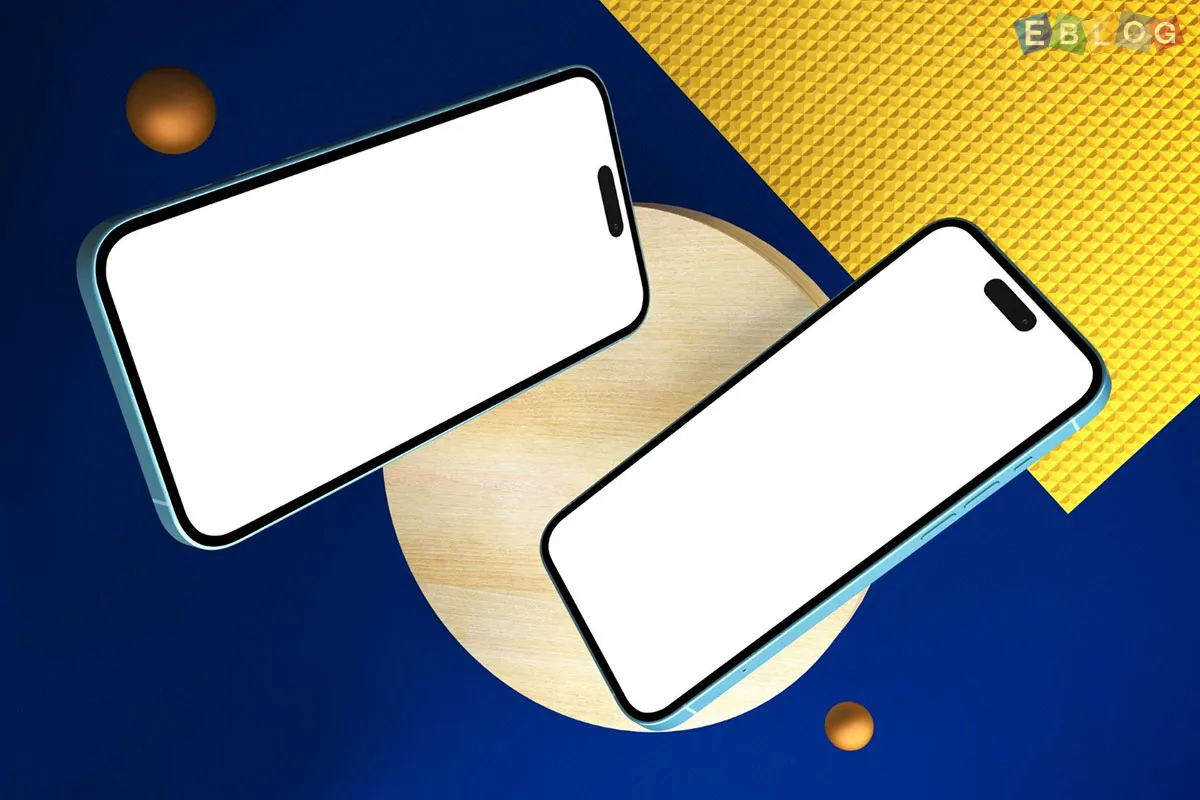
iPhone vs Android in 2025: What’s Changed?
- 03 Sep, 2025
- Tech
- 178 Views
- 0 Comments
The iPhone vs Android debate has been going on for more than a decade. But in 2025, both platforms have evolved a lot. Here’s a simple breakdown of how they compare today.
1. Design and Hardware
a. iPhone (Apple): Sleeker, lighter, and made with eco-friendly materials. Apple continues to focus on premium looks and durability.
b. Android: Huge variety—some brands focus on foldable screens, others on ultra-thin designs. There’s something for every budget.
What’s new in 2025: Foldable and rollable displays are now common in Android, while Apple sticks to a classic design with small improvements each year.
2. Performance and Battery
a. iPhone: Apple chips are still the fastest, with excellent efficiency. iPhones last longer on a single charge.
b. Android: Many Android phones now match or even beat iPhones in battery life, thanks to bigger batteries and faster charging (some charge fully in under 20 minutes!).
3. Cameras
a. iPhone: Known for natural colors and consistent photo quality. Great for video creators.
b. Android: More variety—some phones have up to 200MP cameras, insane zoom, and advanced AI editing.
4. Software & AI
a. iPhone (iOS): Focus on privacy and simplicity. The new Apple AI assistant is tightly integrated with apps but is more controlled.
b. Android: Google and Samsung lead with AI features like live translation, instant photo editing, and voice-based actions. More experimental than Apple.
5. Price and Choice
a. iPhone: Still premium and expensive, with only a few models released each year.
b. Android: Wide price range—from affordable to ultra-luxury.
6. Final Thoughts
a. Choose iPhone if you want a smooth, reliable, and secure experience with long-term software updates.
b. Choose Android if you love variety, cutting-edge features (like foldables), and more budget options.
In 2025, both iPhone and Android are excellent—it just depends on what matters more to you: simplicity and reliability (iPhone) vs flexibility and innovation (Android).



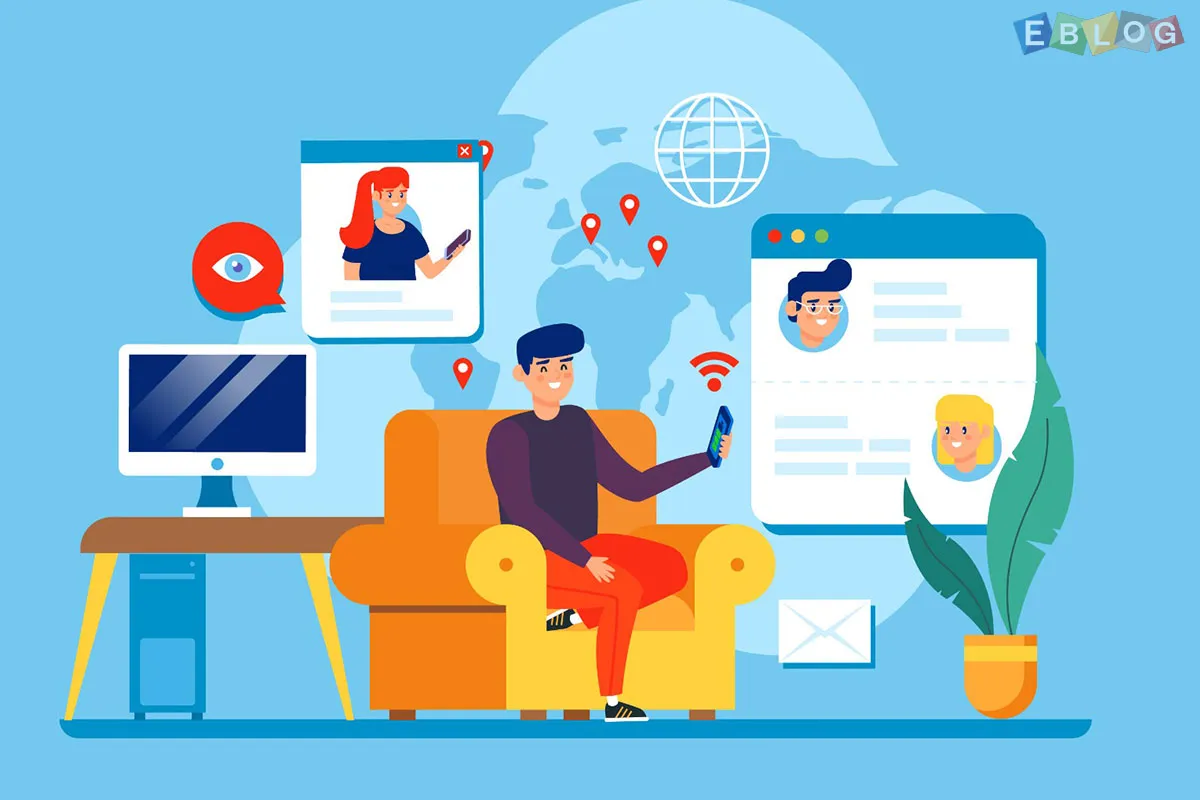

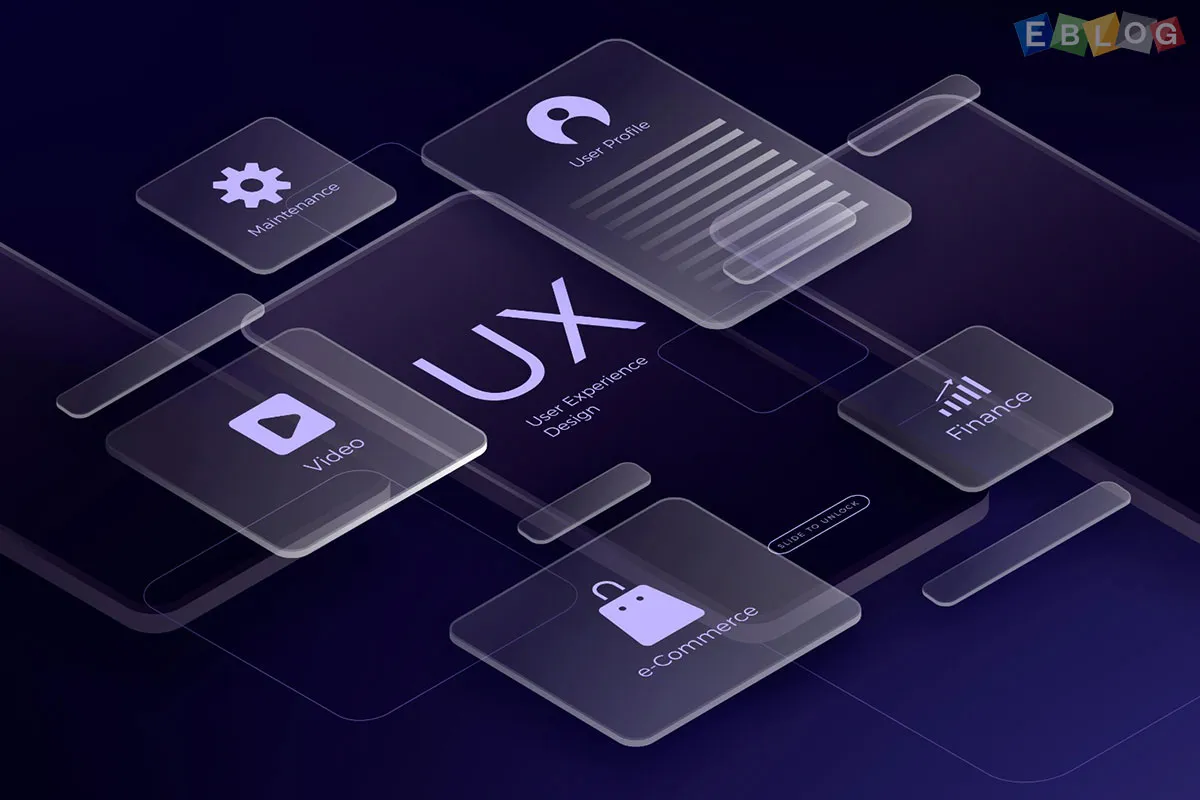





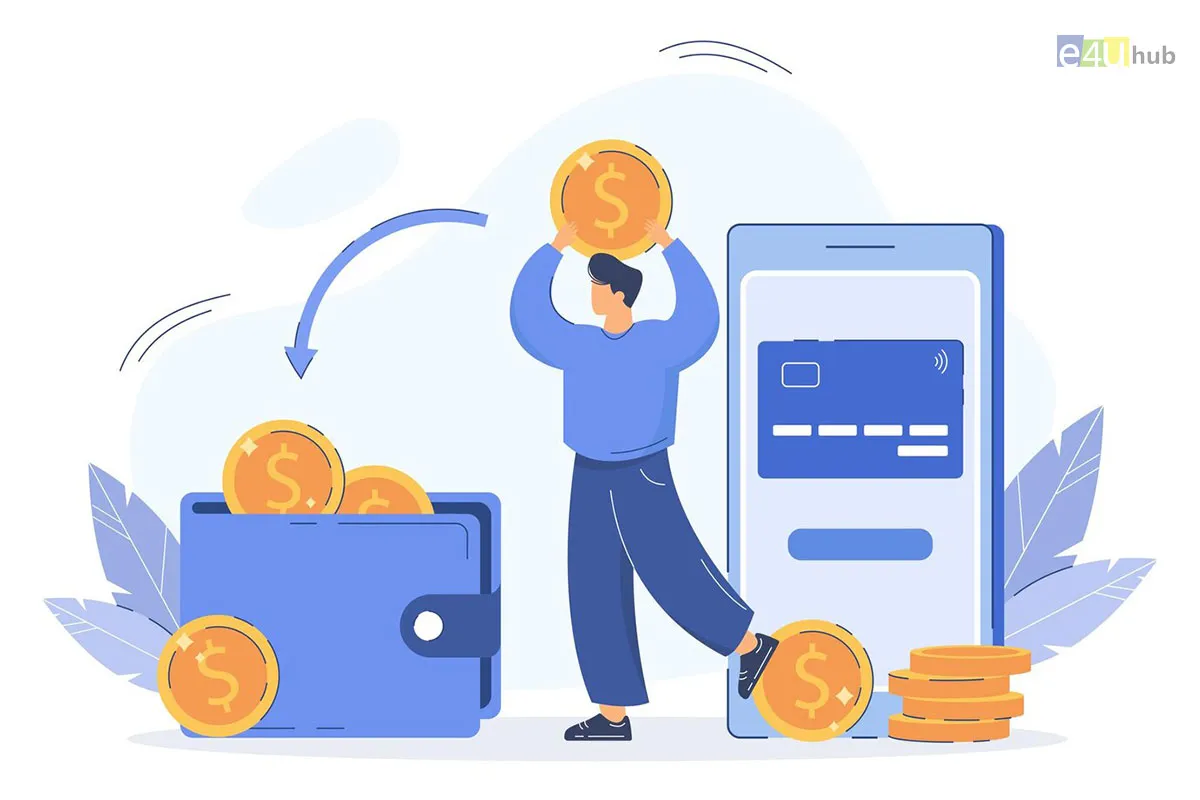

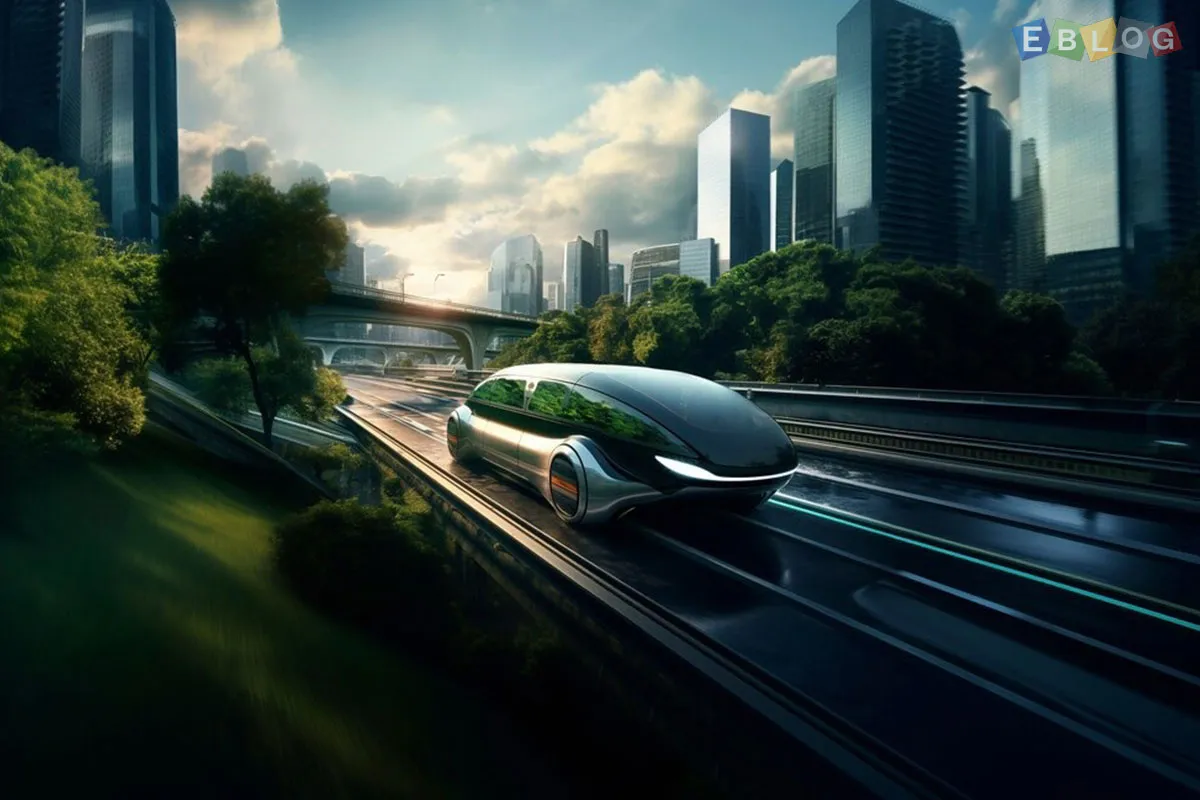

Leave a Reply